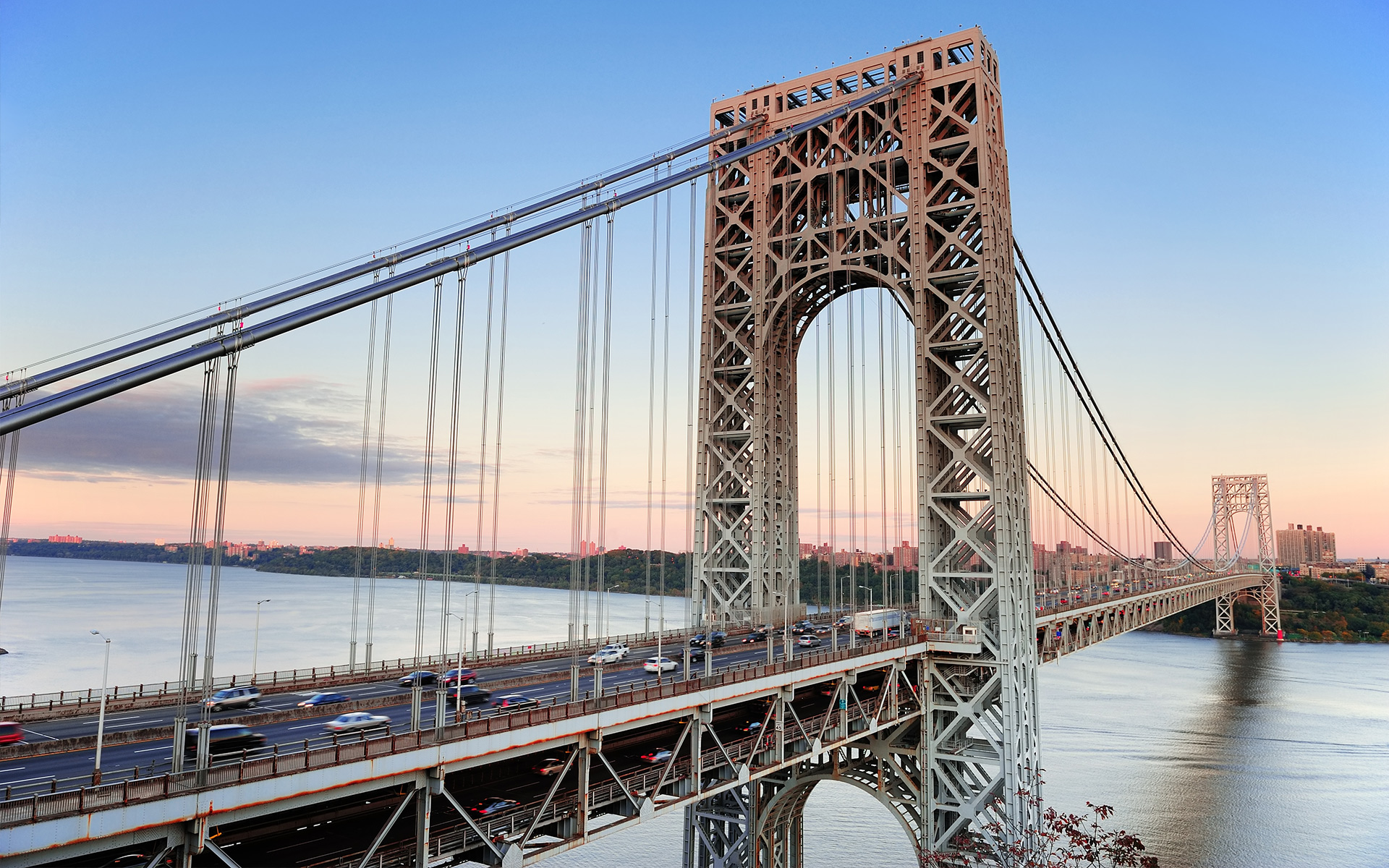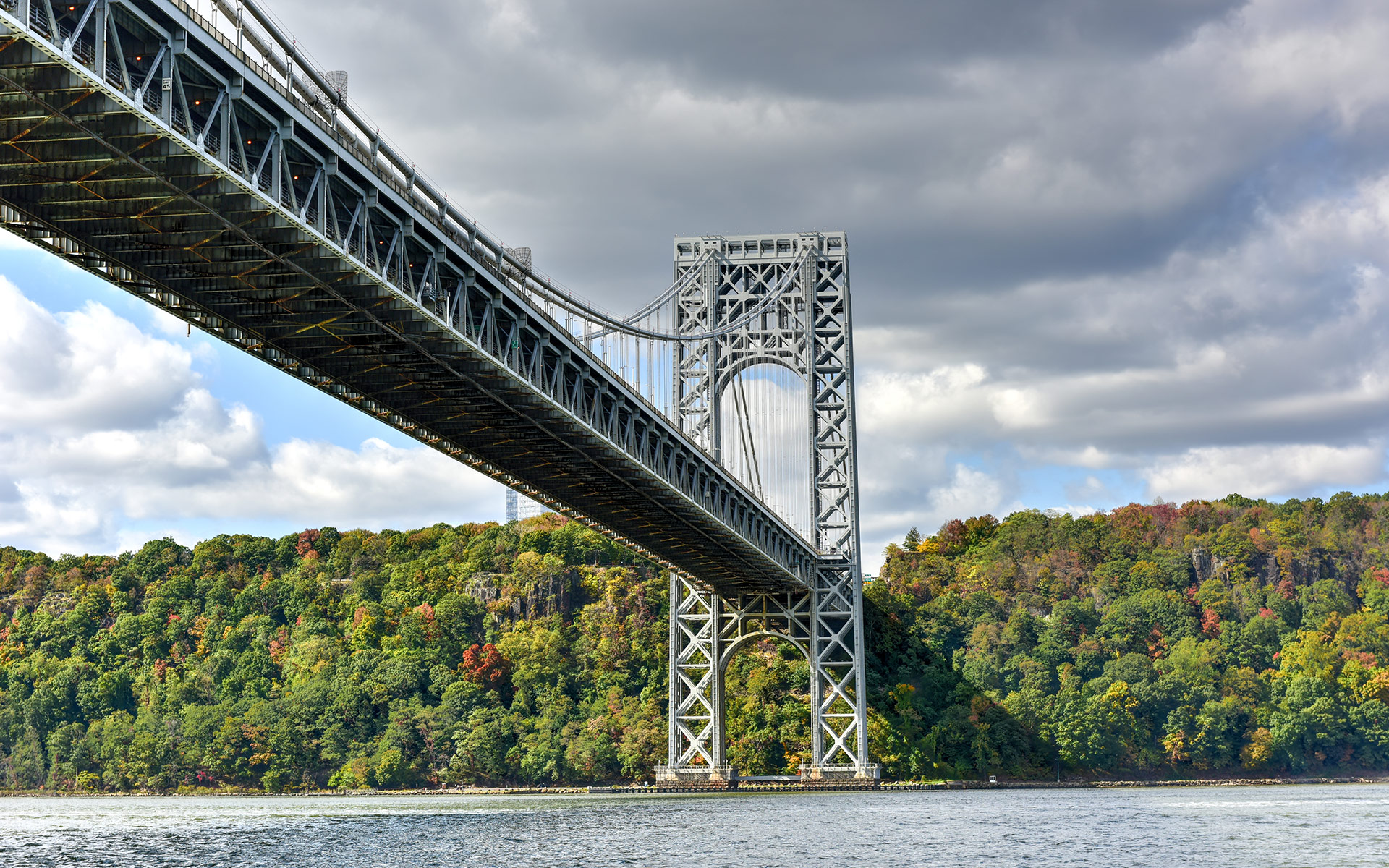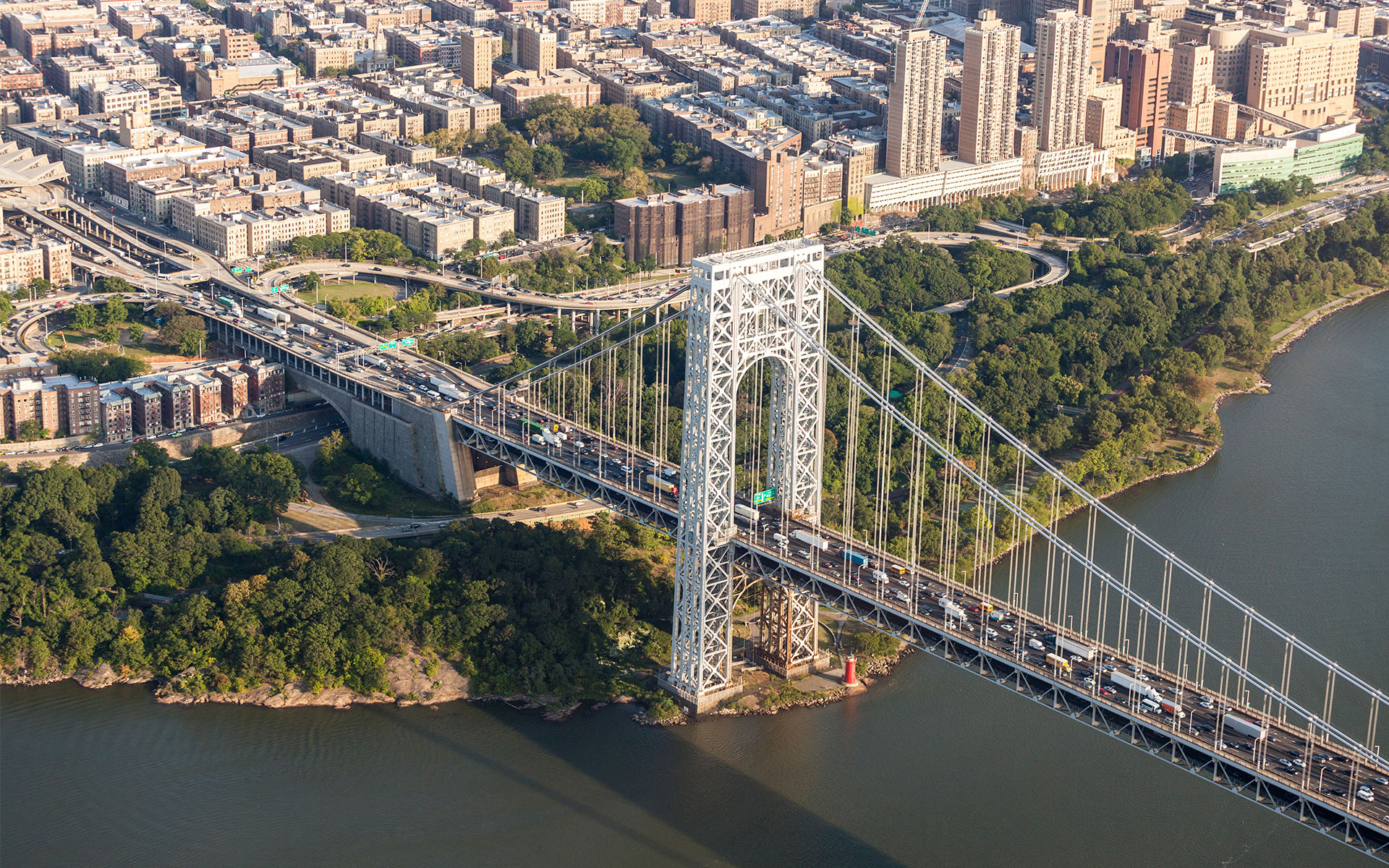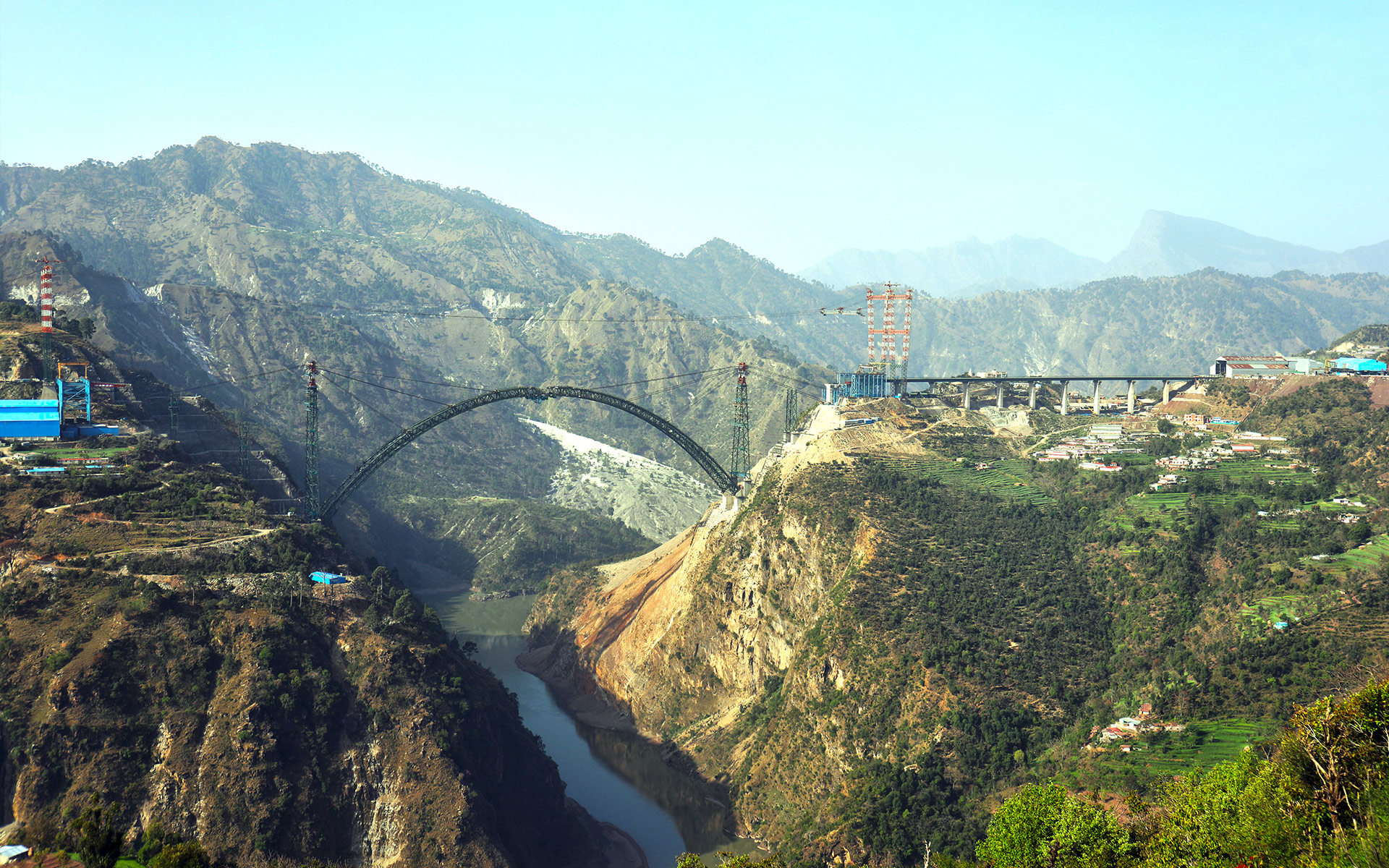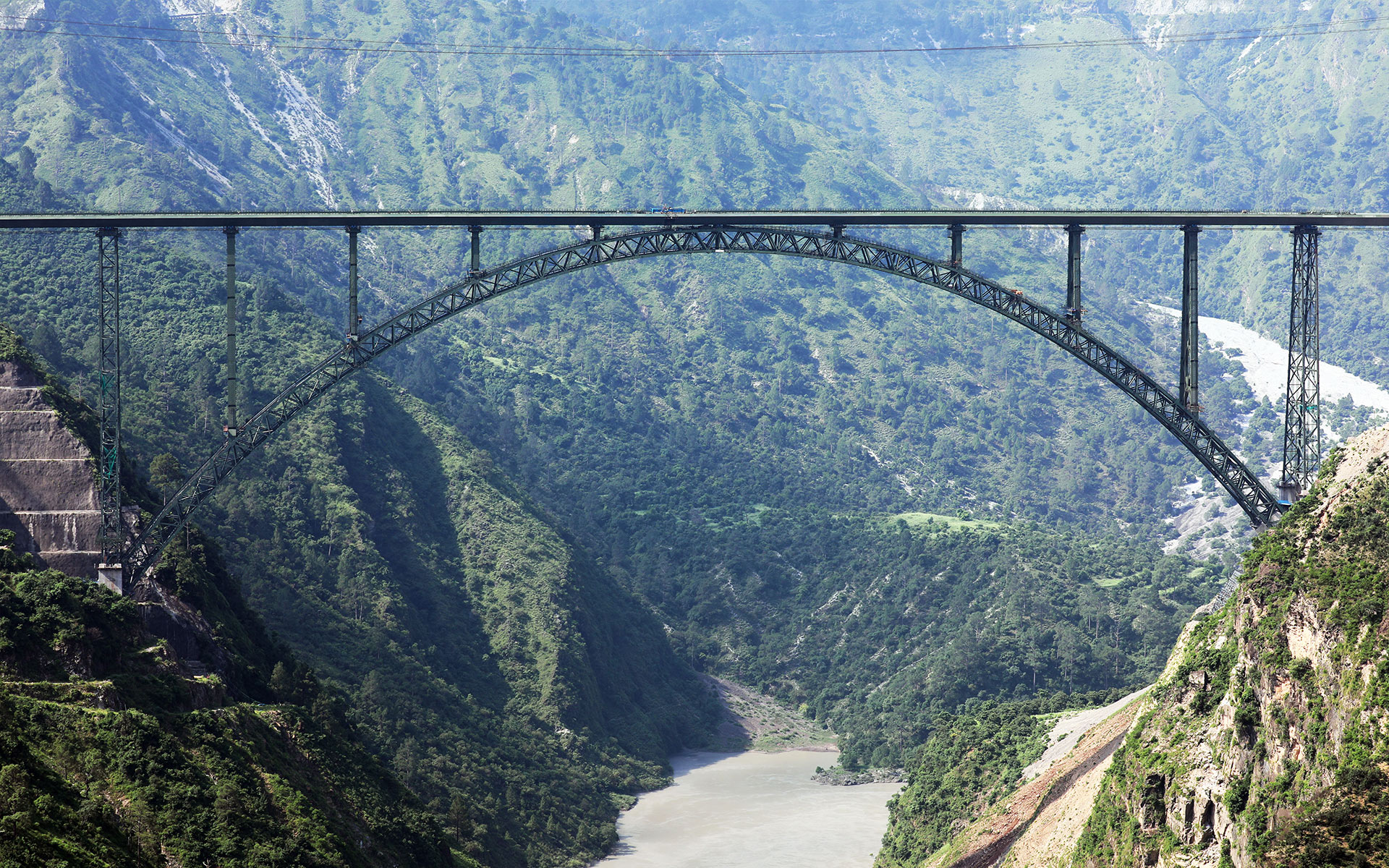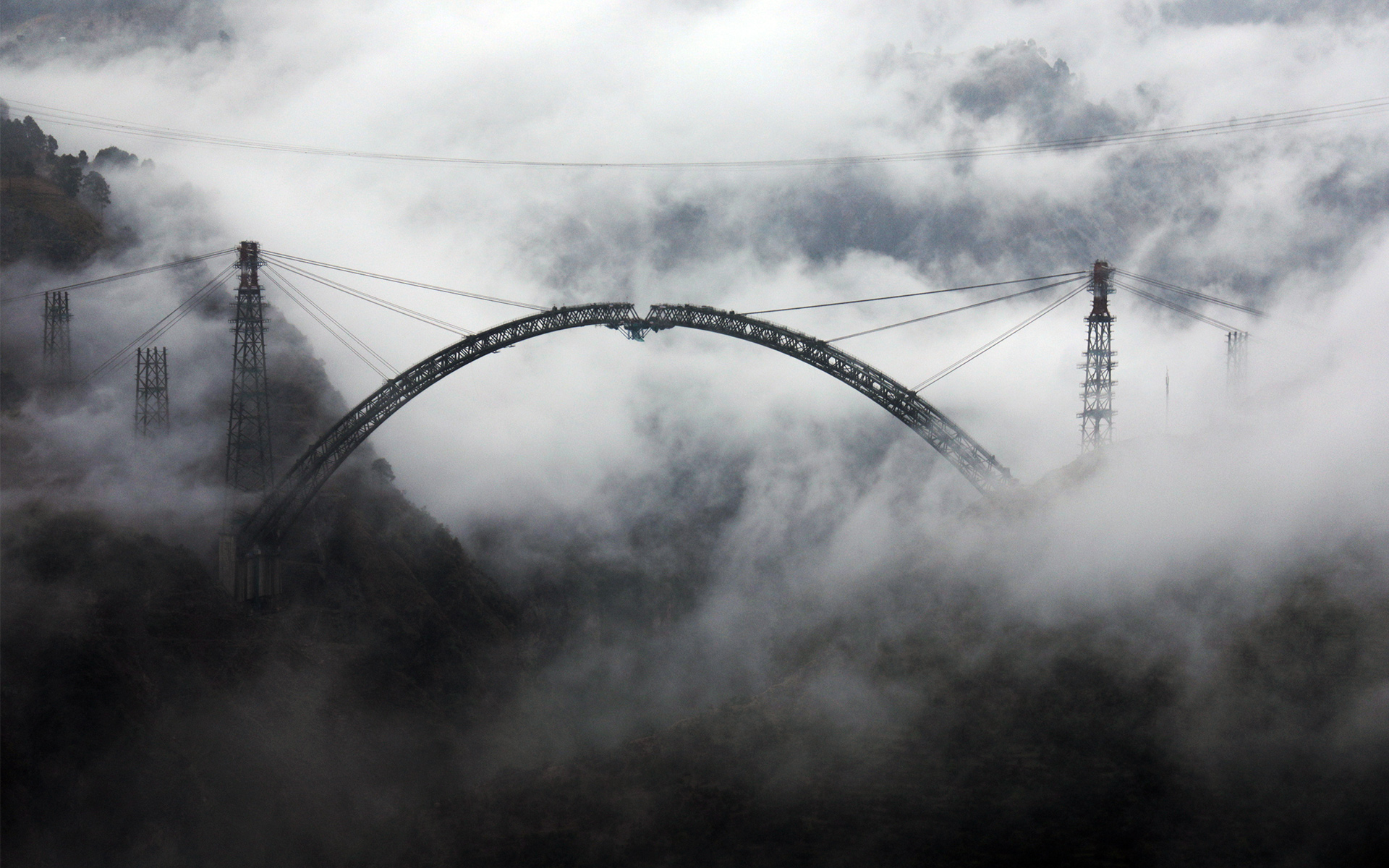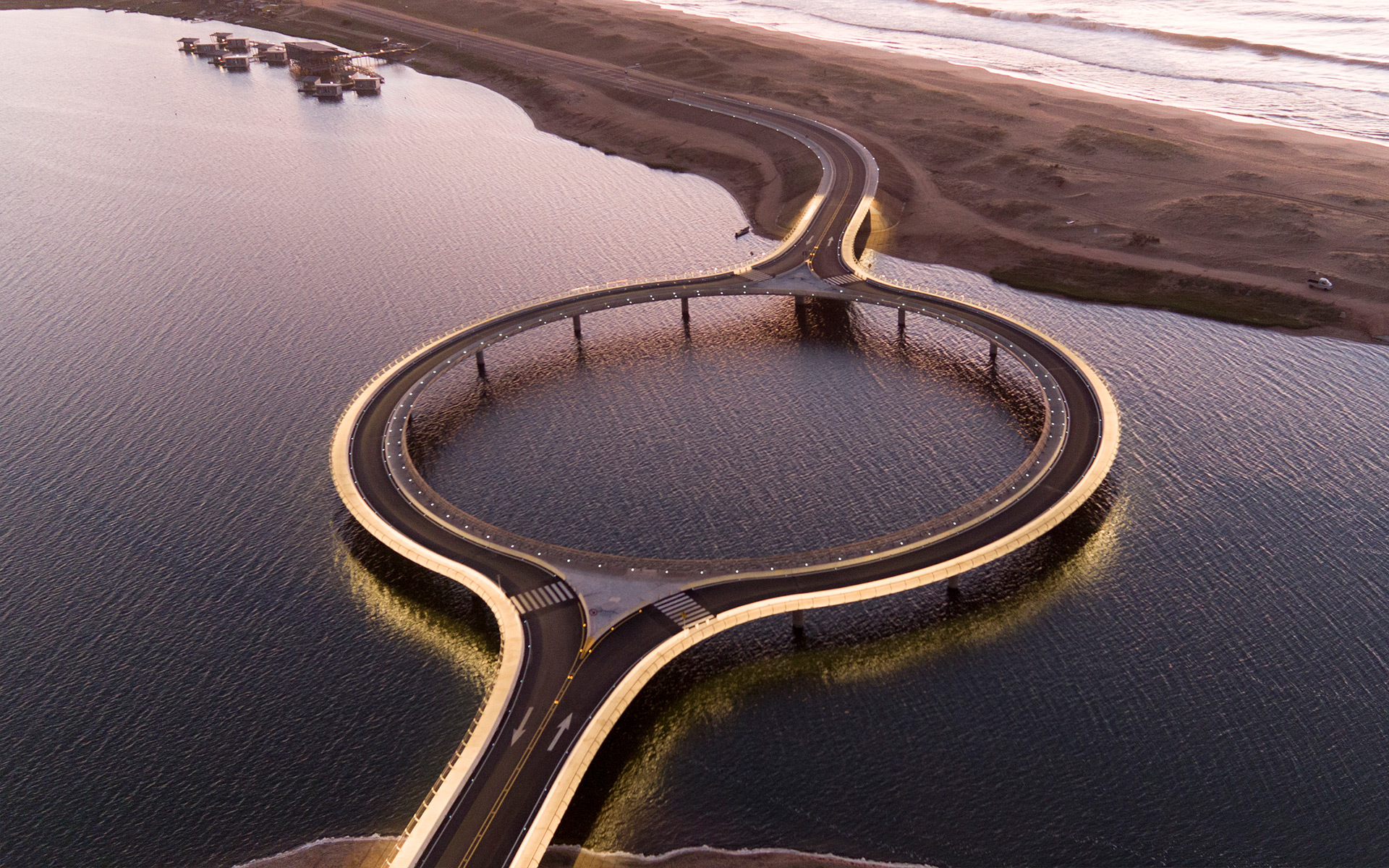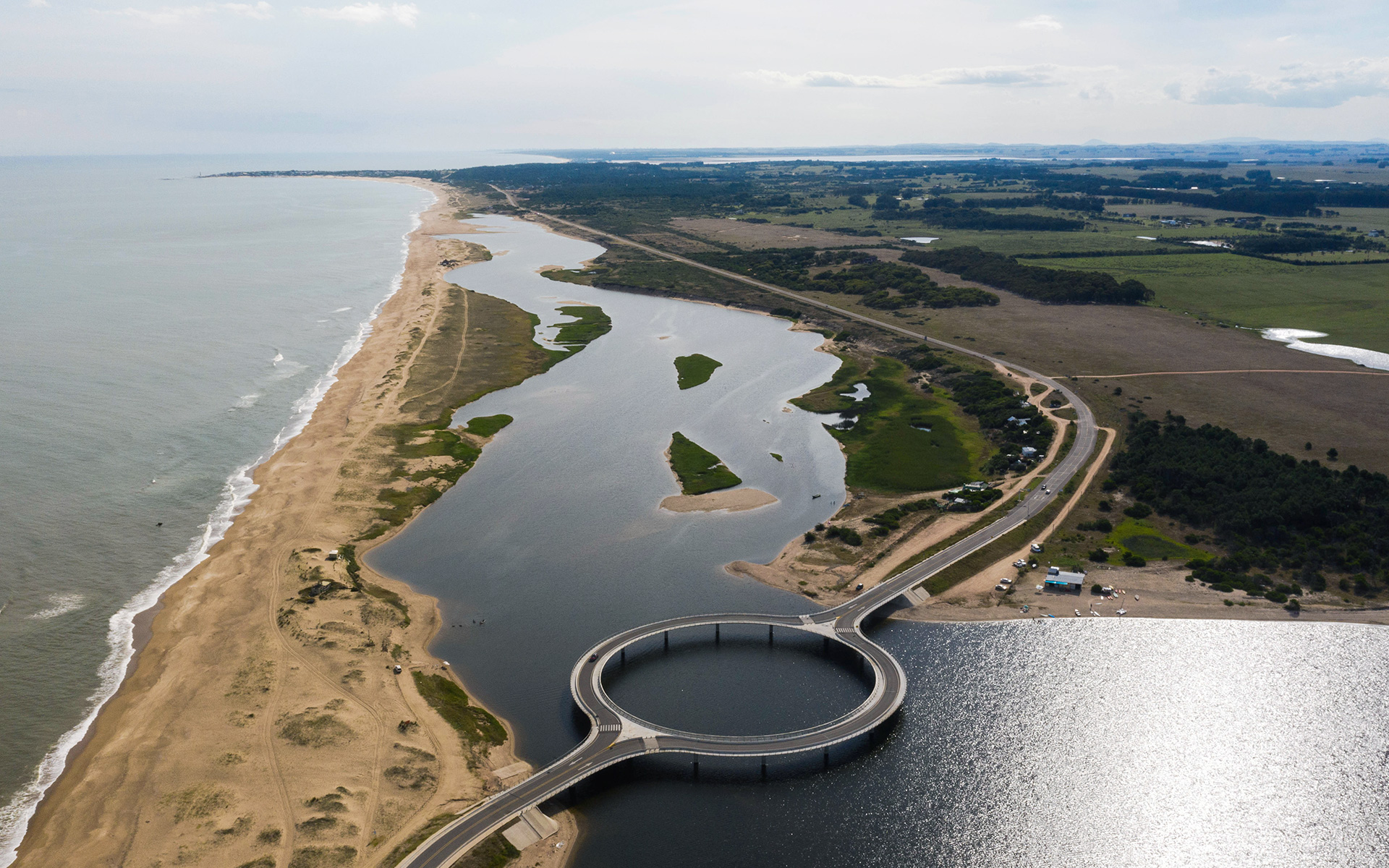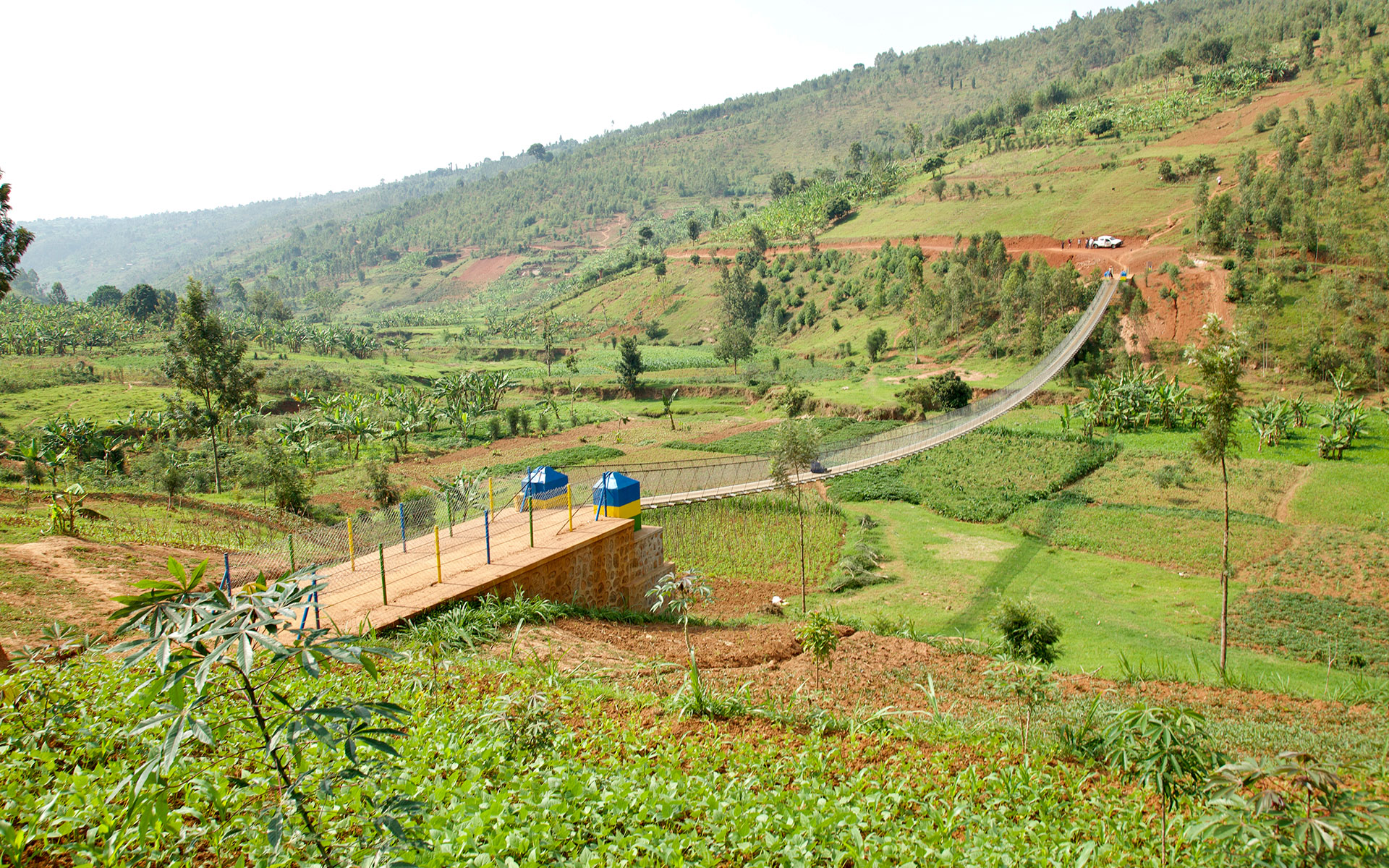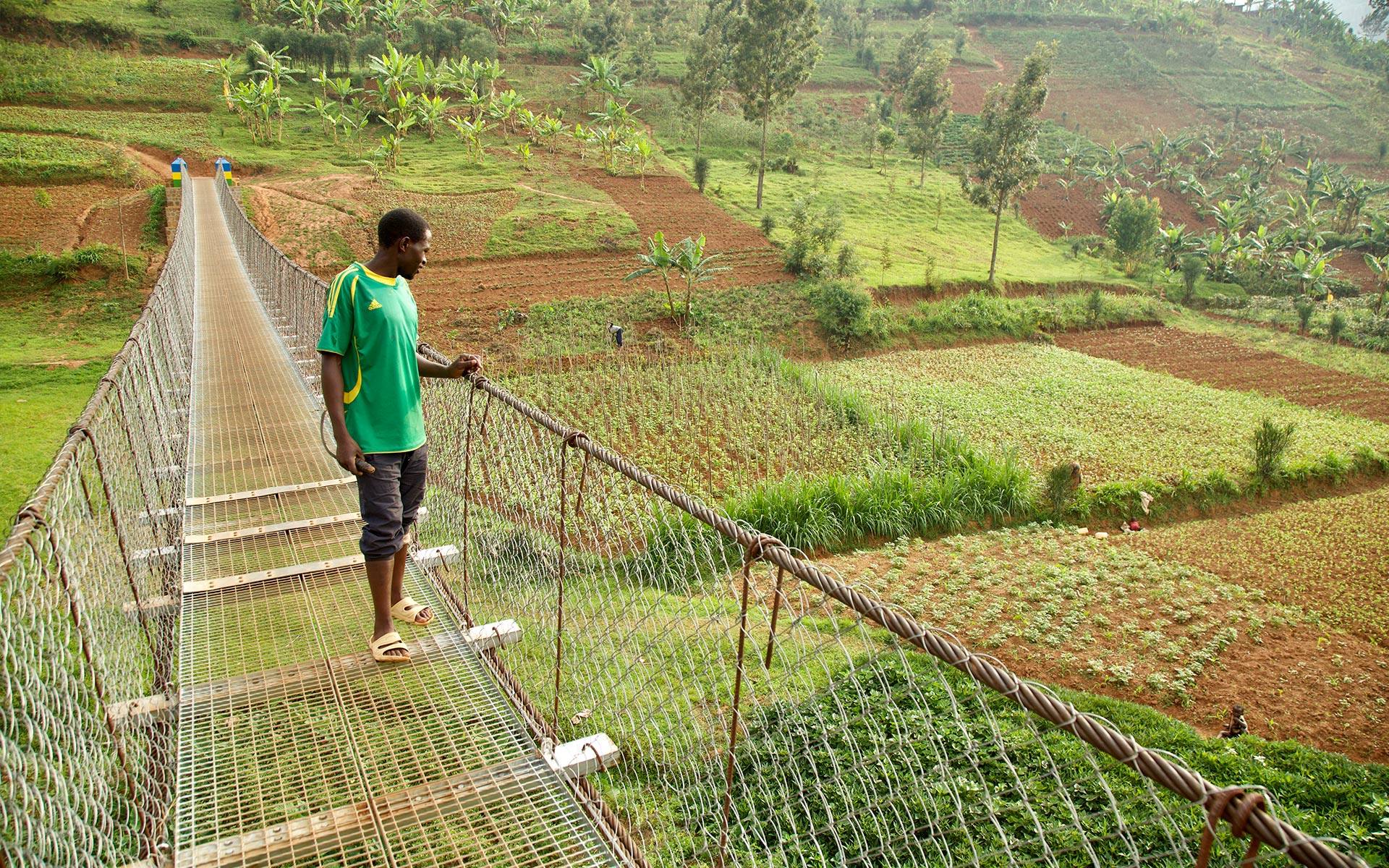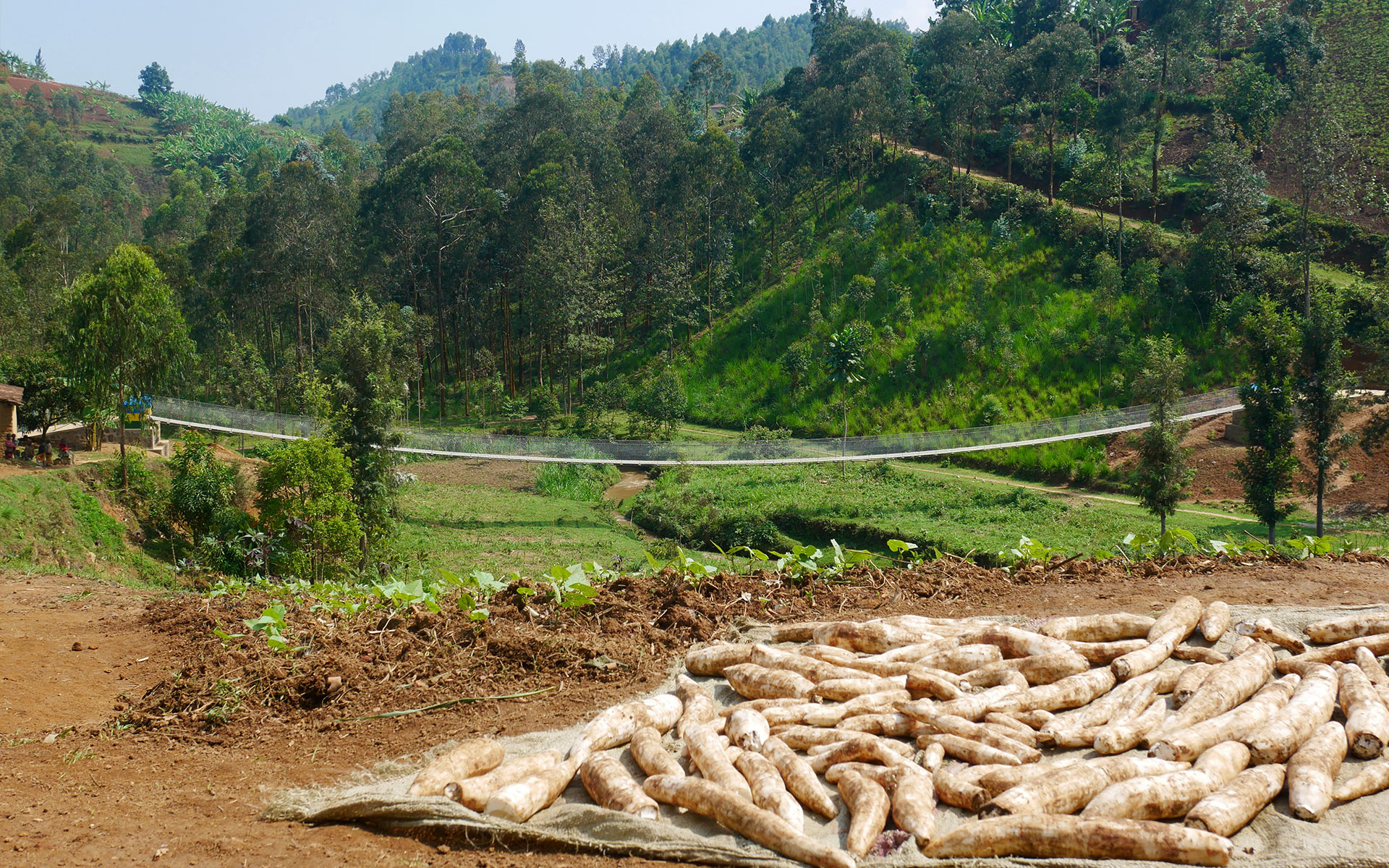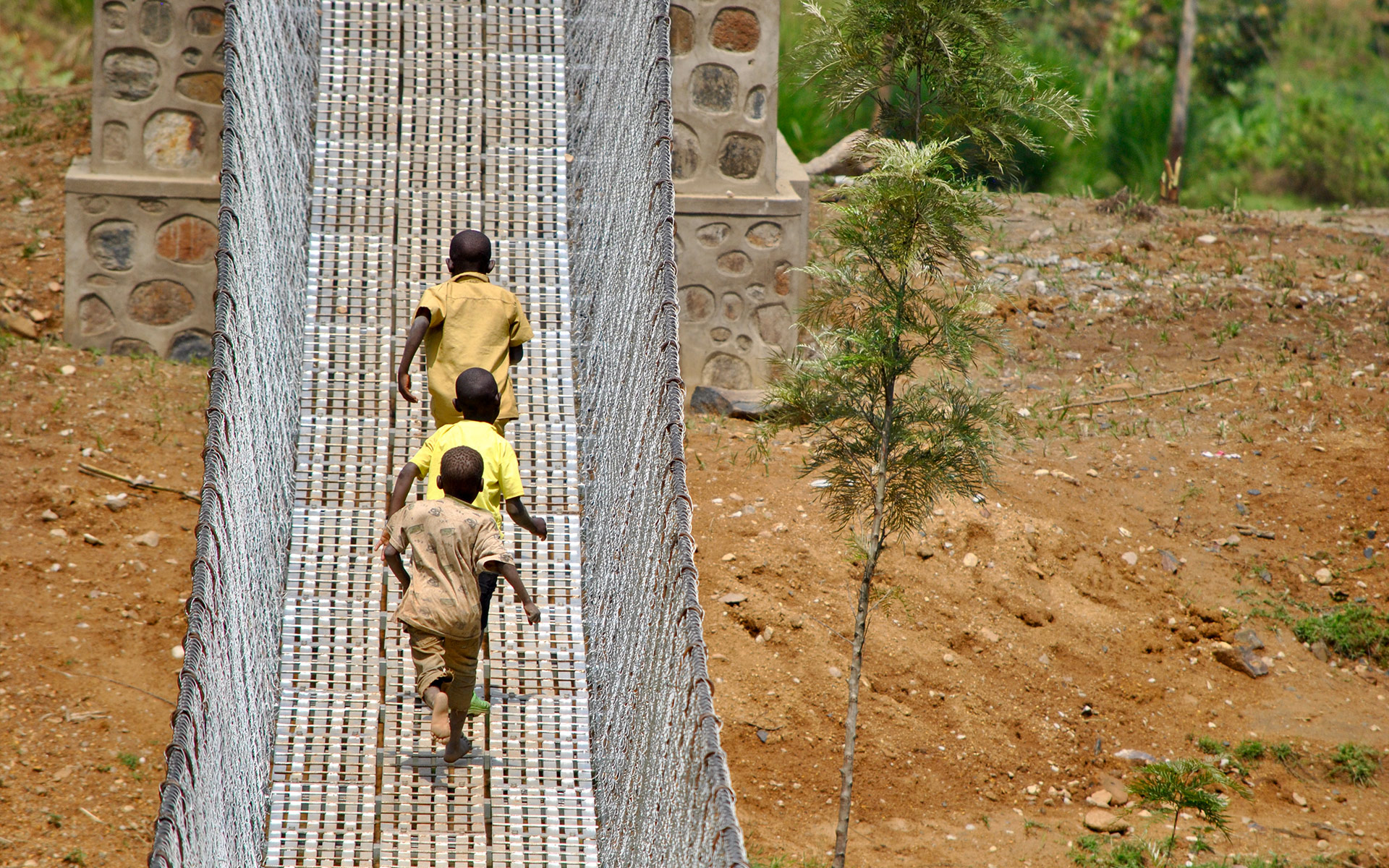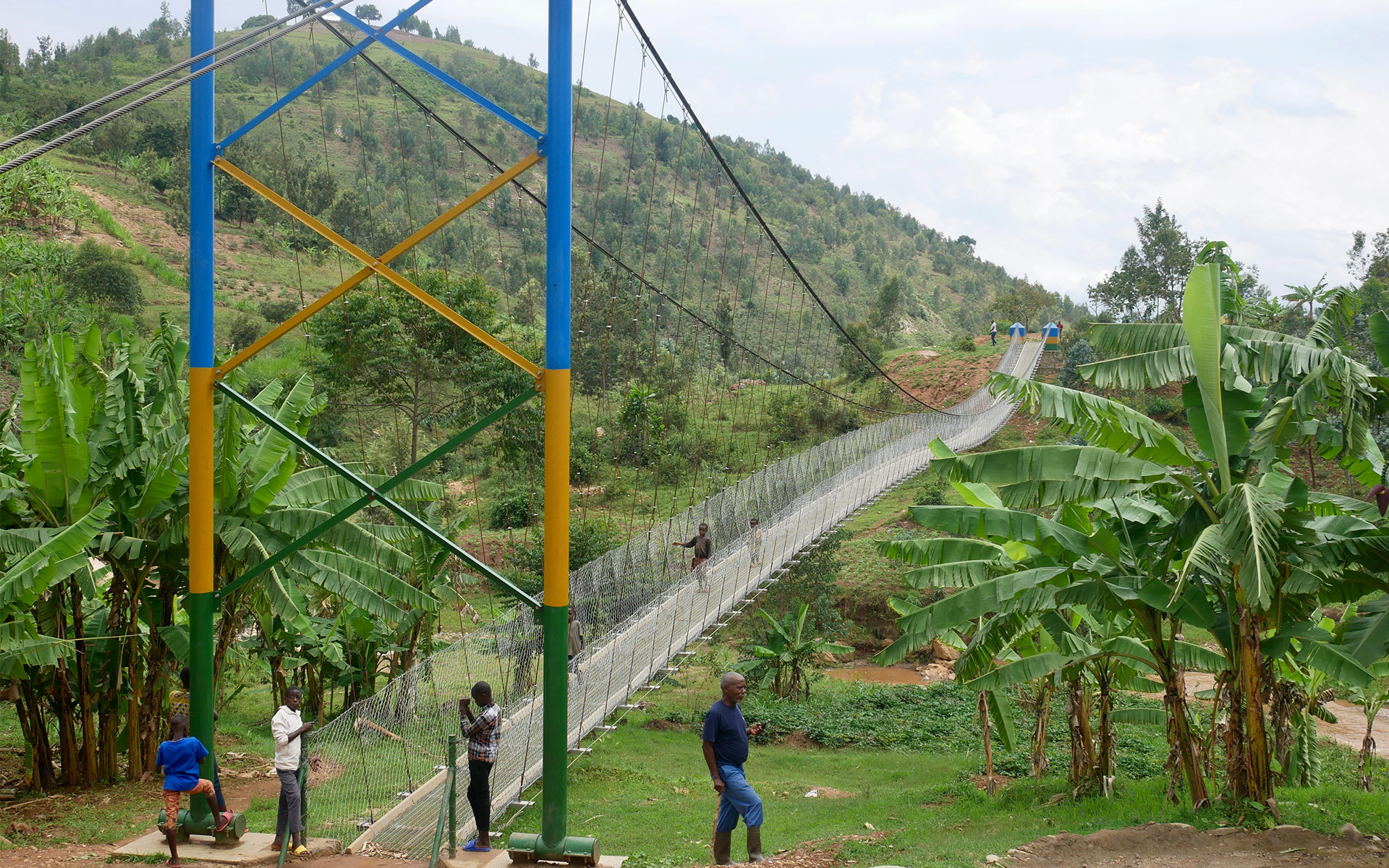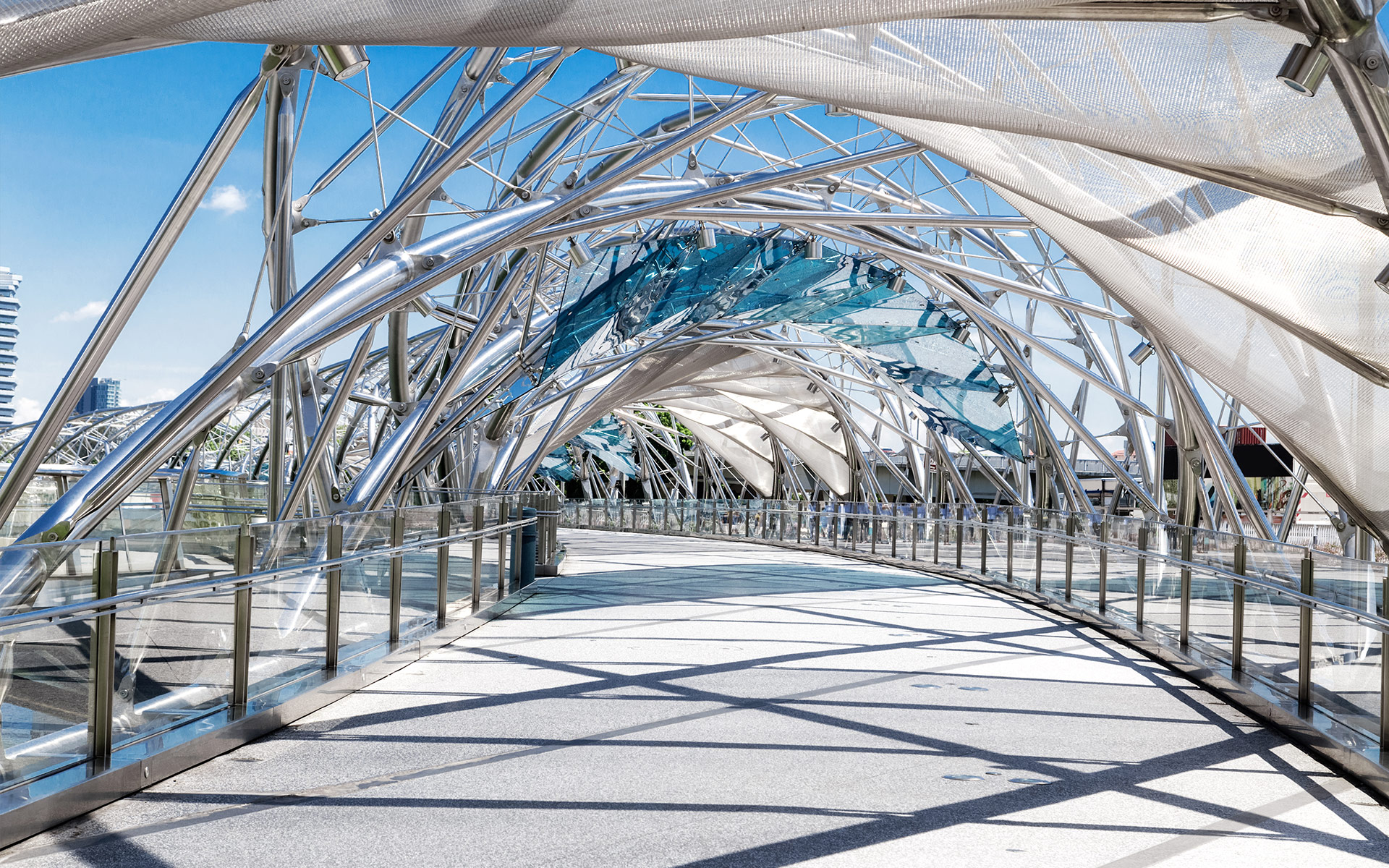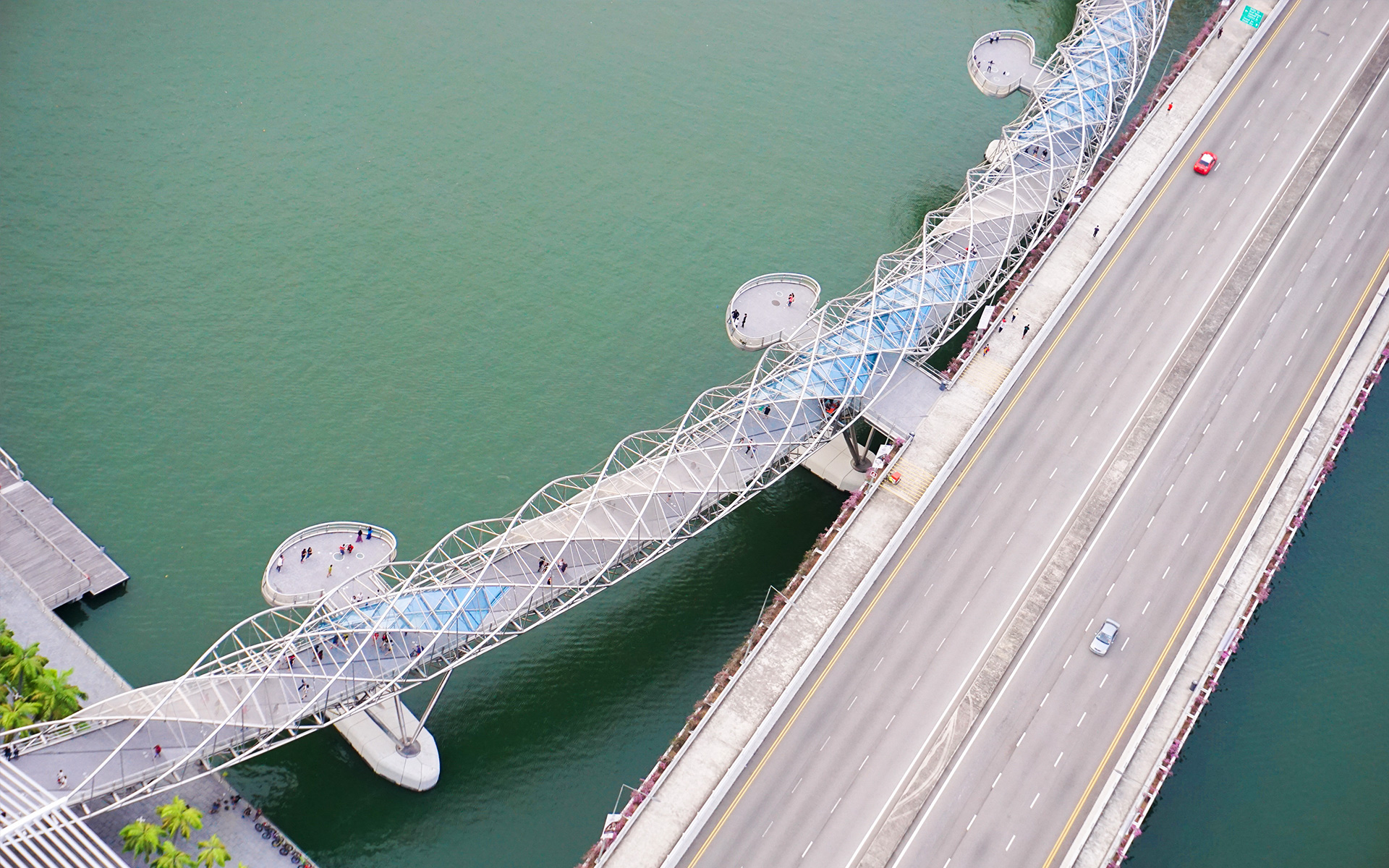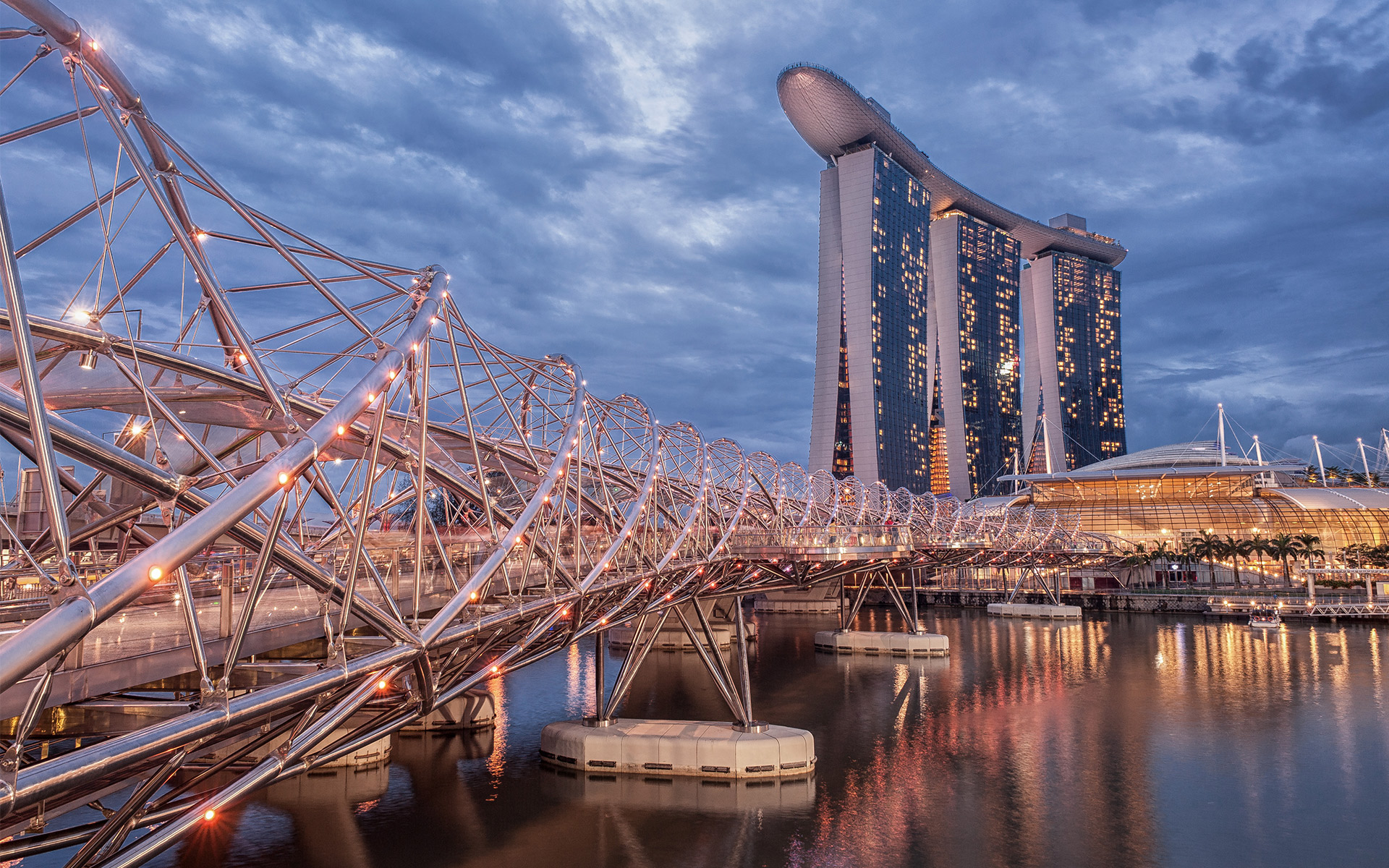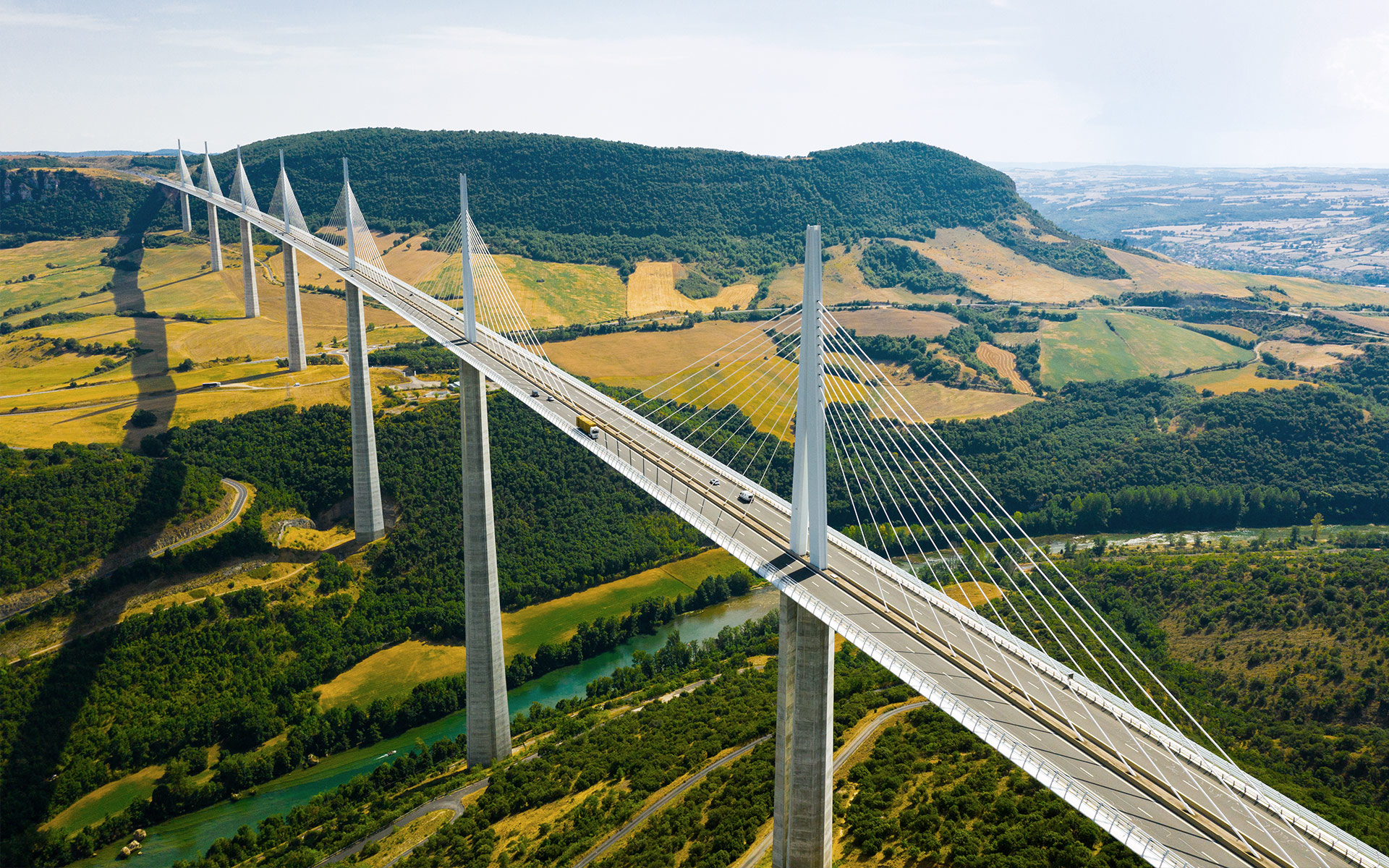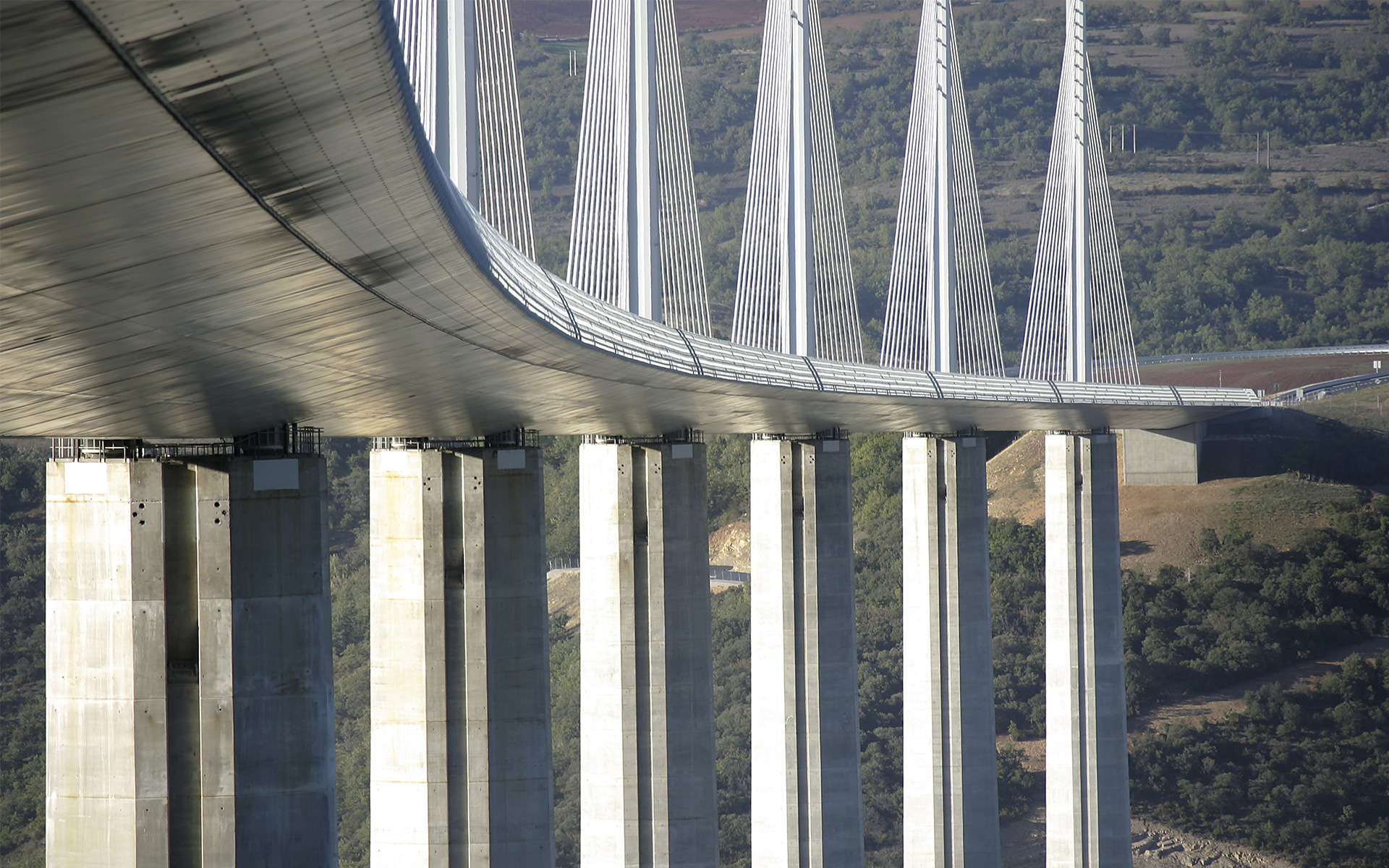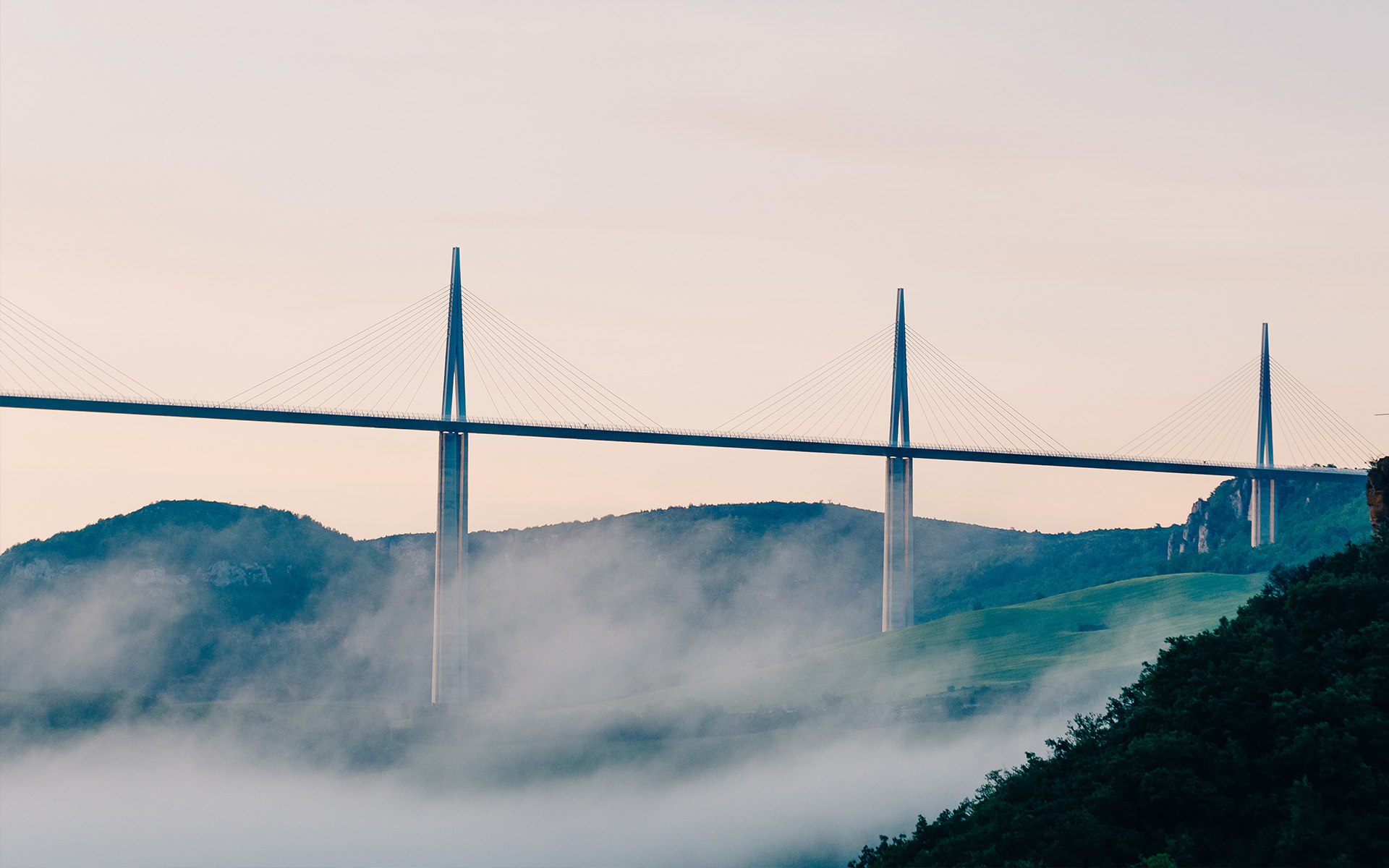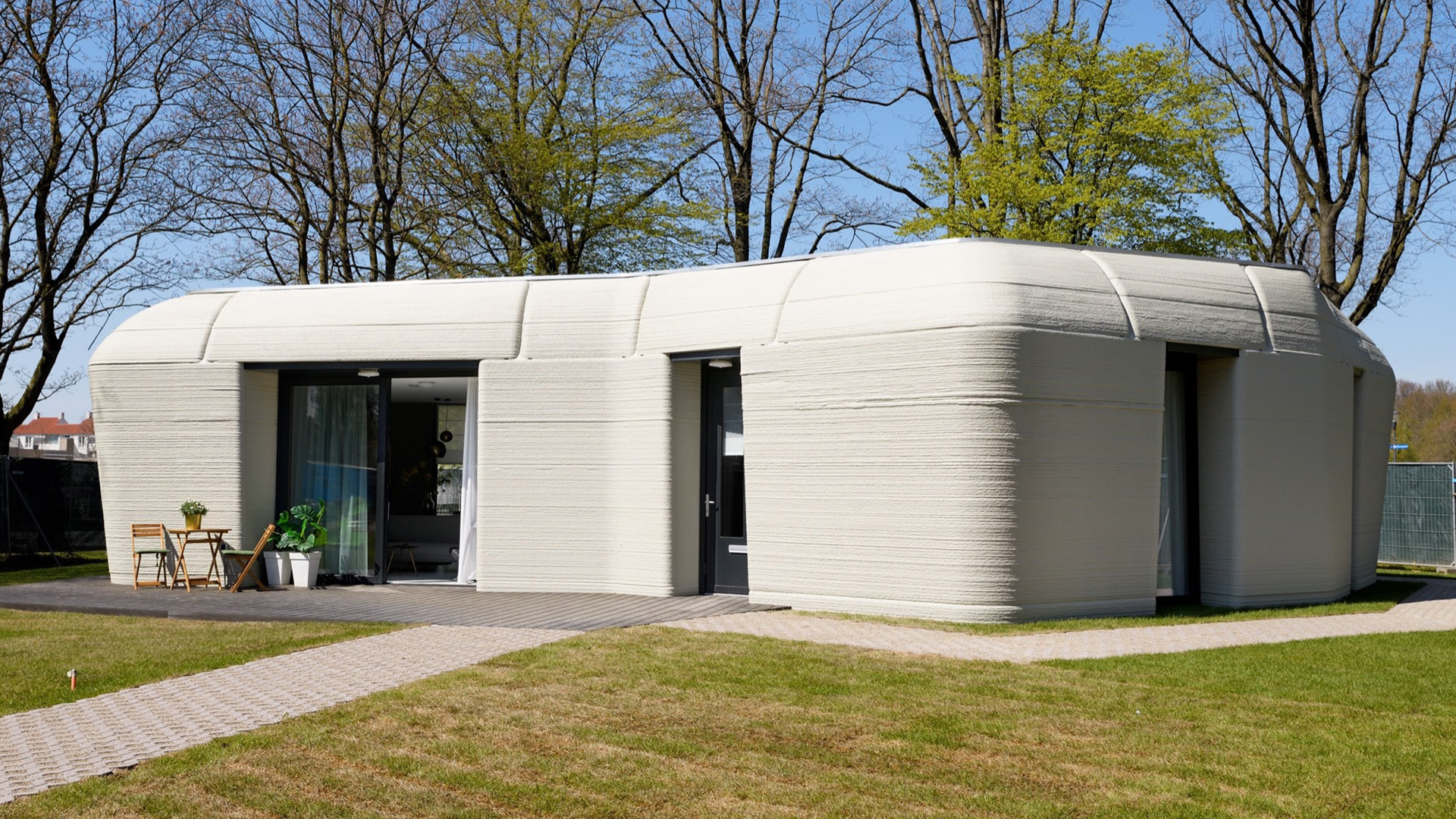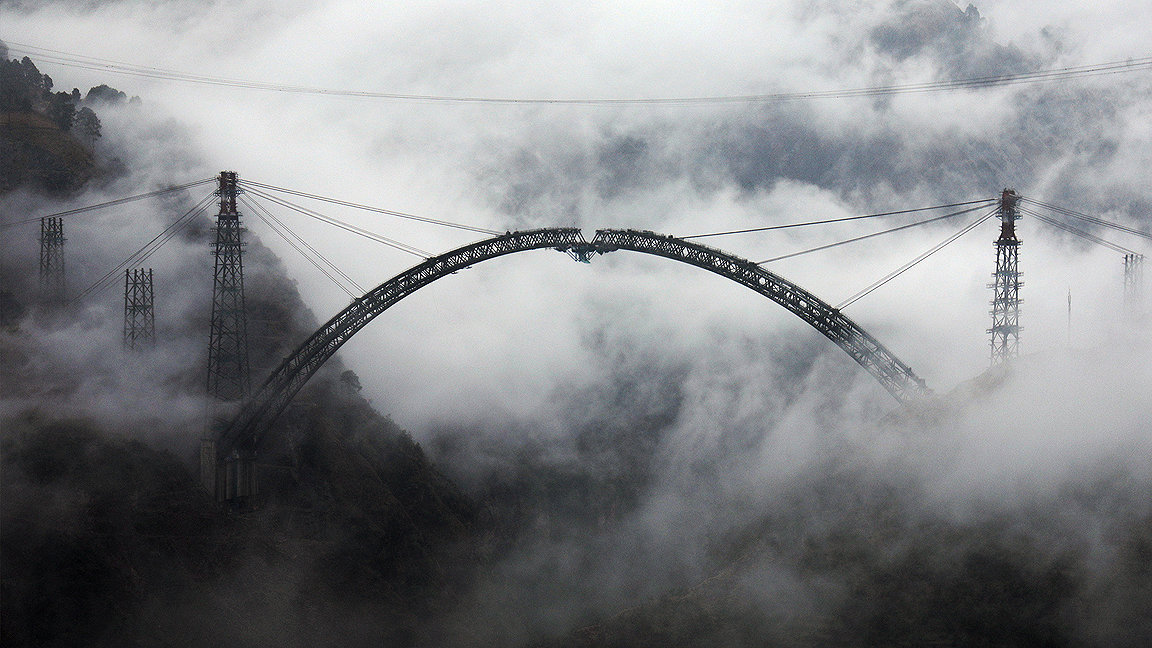
Chenab Bridge. Image courtesy of Alfons Infrastructure.
“The unassuming poetry of bridges reveals itself to those who would see them,” writes Judith Dupré in her 2017 book, Bridges.
By interweaving history, architecture, engineering and biography, Dupré tells the stories of some of the world’s most famous and most important bridges. In a conversation with Modus, Dupré recounts her favourite bridges and talks about the influence these extraordinary structures have had on society throughout history, as well as the role they will have in the future.
A reoccurring theme for Dupré is for bridges to be “seen” – for people to gaze at and appreciate them – and “where the structure itself is becoming a persona in the landscape”. Her favourite architect is Norman Foster for his “transparency of structure” that not only allows bridges to be seen, but also for people to see each other.
“As we humanise the conversation about infrastructure, ideas about what a bridge can and should be are expanding, resulting in bridges that better serve the population,” she says. “People are waking up to what a bridge can and might be.”

Judith Dupré. Photo by Joe Woolhead
KD: Let’s talk about your favourite bridges, the ones that for you have had the most impact and are among the most important.
JD: I have utter respect for the George Washington Bridge [completed in 1931]. It was the first crossing over the Hudson River and that essentially enabled the economy up and down the East Coast. The George Washington Bridge is extraordinarily important. It presaged the future. Ammann [Othmar H. Ammann], the engineer, understood that the automobile was the wave of the future, and so it was not built primarily for railroads and that is a very key distinction.
What's also interesting about the George Washington Bridge is that it was originally planned to be covered in a marble veneer. There were apartments planned for the top floors so that you could live on the bridge. But it was completed on the eve of the Great Depression in the United States and so the Port Authority of New York and New Jersey decided not to clad the bridge and leave the steel structure. And what happened was that it looks so fresh, so modern, so new. It really allows people to see the structure of the bridge, and back in the 1930s that was an absolutely new idea.
You’ve also talked about the Chenab Bridge in India for its significance, which was only completed this year.
This is a bridge that the majority of the public will never see. It’s a technical masterpiece, but it's very important because it was constructed against heroic odds, high in the Himalayas in an area that is beset with political terrorism. It’s one of those rare contemporary bridges and it's the tallest railroad bridge in the world. It’s steel truss, but it's built almost by hand. The roads leading to the bridge site were so narrow that steel and other materials had to be taken up to the site by small trucks. It was time consuming. It was dangerous.
Another bridge that I admire a lot is the Laguna Garzón Bridge [2015] in Uruguay, designed by Rafael Viñoly. What's interesting about it is its novel shape, it's a circular bridge. It's spectacular. It's built in a very sensitive environmental area and the circular shape allows fewer columns to be planted in the water. This means fewer shadows on the water, which are very upsetting to marine life. The circular bridge also acts as a roundabout. It slows traffic and it keeps traffic moving. The greatest carbon emissions come when cars are stopping and starting, so you have far less pollution. Viñoly has also incorporated pedestrian walkways on the bridge, so people who are not in cars can traverse the bridge and enjoy the scenery.
In the second edition of your book, you also included the organisation Bridges to Prosperity, and it’s interesting that you now list its work as among the most significant.
It isn’t just the multibillion dollar bridges that are changing lives. Bridges to Prosperity is an organisation that was founded by Avery Bang. She realised that in many developing nations a bridge was not a luxury, it was actually a matter of survival. Engineers from firms everywhere volunteer to design and build these bridges. They are building what could be seen as very simple footbridges, a log across the stream, a vine that swings across water, stepping-stone bridges.
They're using these elemental forms to build foot bridges that are absolutely critical to these communities in ways that most of us can barely wrap our minds around. But they're saving people's lives. They're allowing children to go to school, they're allowing people to bring their products, their vegetables and their crafts to market. There is an economic and social force that these bridges have that is quite significant.
“Bridges are structures of wonder” Judith Dupré, author of Bridges
Bridges to Prosperity
In May, a team of volunteers from Bridges to Prosperity constructed the Nyabihunyira Trailbridge in Nyamasheke, Western Rwanda. It serves the Mpinga, Gitunda and Nyabintare communities providing them with safe passage over the Rubyiro River to access healthcare, education and employment.
The team kept a blog while in Rwanda, detailing the stages of construction, from arrival on site to the official opening of the 78m suspended footbridge bridge two weeks later.
“In many developing nations a bridge is not a luxury, it is a matter of survival” Judith Dupré, author of Bridges
You’ve also talked about the importance of aesthetic lighting, how this helps to create an identity for a bridge.
What we're seeing now is a realisation that a bridge can be a utilitarian structure, but it’s still capable of generating great emotion. The Helix [2010], a bridge in Singapore, is inspired by the geometries of DNA and it takes the form of a double helix made of steel with a tubular truss. It's a beautiful structure and it's a long bridge.
But what is wonderful about it, is the way it creates identity with its unusual tubular structure and with the lighting of the bridge which emphasises this structure. It's something that I absolutely love - aesthetic lighting. It confers a memorable identity to a bridge. This is a structure of wonder when it's lit and the thing is, bridges are structures of wonder.
How did you choose which bridges to include in your book?
I tried to put myself into the shoes of the general public first. What bridges come to mind immediately when you think of a bridge that is significant, that's a landmark? And then I put my professional hat on to think about what is noteworthy about this particular structure. No bridge, no structure is built in a vacuum, so I look for those. I look for those connections in history.
You might, for instance, think of Gustave Eiffel only in connection with his most famous creation, the Eiffel Tower [1889]. But the Eiffel Tower was inspired by and could only have come about because Eiffel had already wrestled with the issue of wind, the nemesis of a large structure, with the Garabit Viaduct in France [1884].
[Norman] Foster could not have done the Millau Viaduct [2004], built in a very windy area of France, without studying the history of what’s been built before. Every piece of history is connected to every other piece of history.
“People are waking up to what a bridge can and might be” Judith Dupré, author of Bridges
What’s the future for bridges?
In the face of a burgeoning world population and rapid climate change, bridges are being called upon to address these issues. There are already bridges that are generating their own solar power to light them and make them safer for drivers. Nanotechnologies have been used on bridges to clean the air [such as the Capital Cascades Crossing, in the US].
New bridges, especially ones that are made with segmental concrete boxes, are already outfitted for technologies that do not yet exist. So, it’s very exciting to look at these bridges that are ready to transform the energy of a car passing over it, into energy that can be used to light a bridge or light a community.

